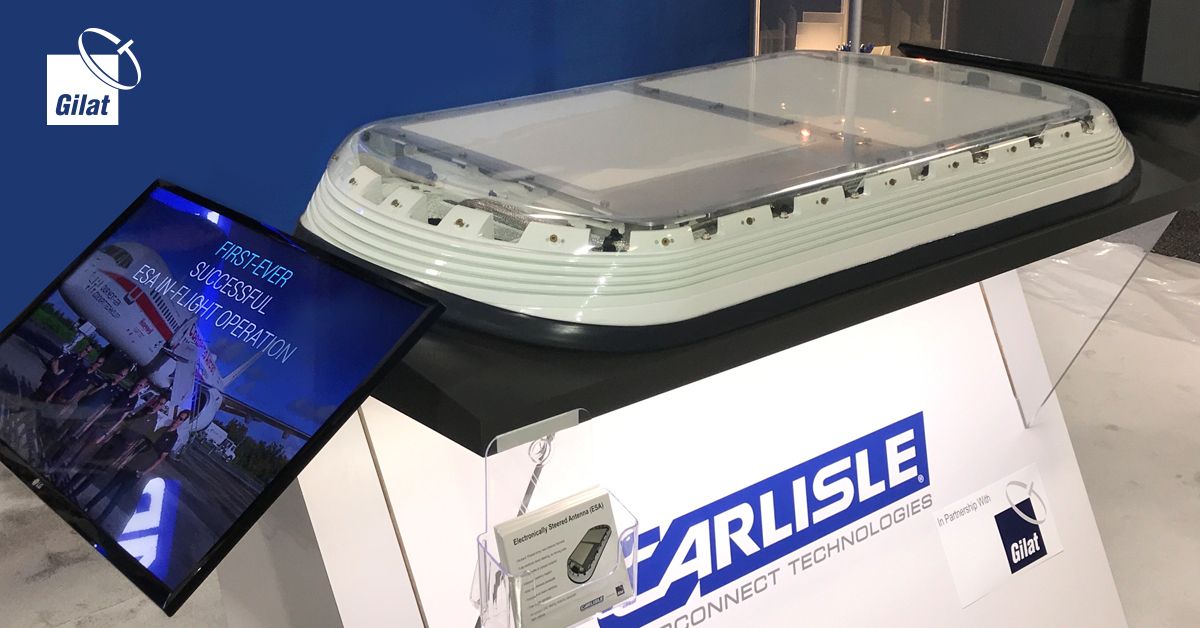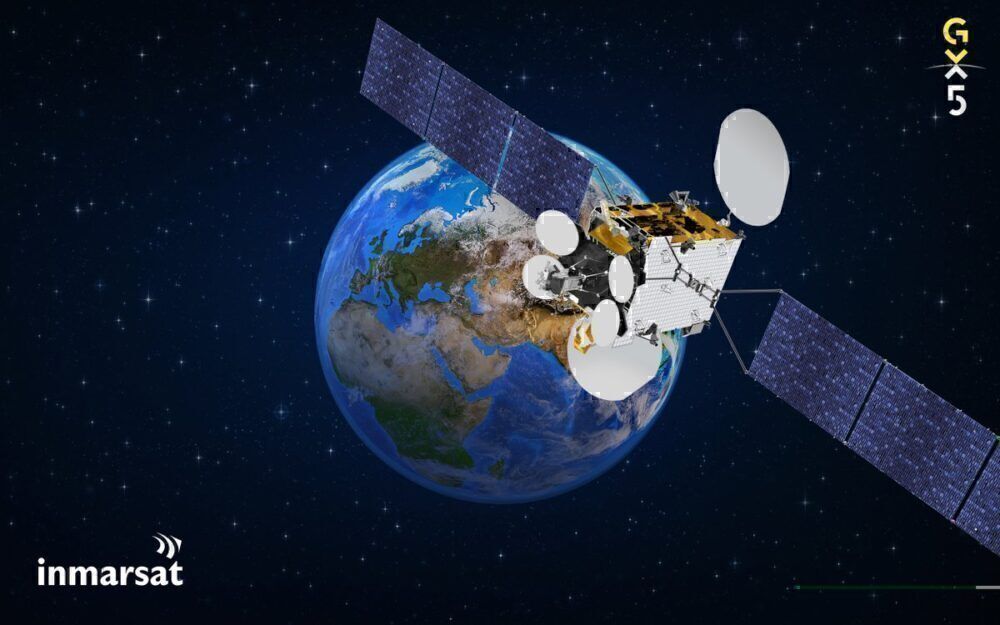Israel-based communications specialist Gilat has successfully completed a demonstration of its electronically steerable antenna (ESA) over the world-leading network that is Inmarsat GX. The open architecture ESA was competently integrated with Inmarsat’s G-MODMAN solution, proving the antenna is ready to deploy as a commercially viable solution.
Gilat’s ESA proves compatibility with Inmarsat’s GX network
It was almost a year ago when Gilat Satellite Networks achieved an industry first with the successful test of its electronically steerable antenna (ESA) over NGSO satellites. The company proved its product to be high performance, capable of instantaneous switchovers on the Ka-band network of Telesat‘s Phase 1 LEO satellite and its Anik-F3 GEO satellite.
Now, the company has successfully demonstrated the capabilities of its antenna on another key provider – the Inmarsat GX network. The company said that its ESA was integrated with Inmarsat’s G-MODMAN solution to successfully conduct a live demonstration of the terminal on an operational GX satellite.
Roni Stoleru, Vice President Antenna Products & Strategy at Gilat, noted the importance of the demonstration, saying,
“We are delighted to partner with Inmarsat, for yet another industry first, demonstrating our proven ESA technology on their Global Xpress constellation. Having integrated Gilat’s ESA with Inmarsat’s G-MODMAN further emphasizes Gilat’s ESA leadership and readiness for commercial deployment.”
Taking the test
The test was conducted using Inmarsat-5 F1 satellite at 62.6 degrees East. The ESA automatically logged on to the GX network and proved itself capable of securing bidirectional real-time communication both in fixed and dynamic positioning modes.
The test involved undertaking beam steering under changing elevation and skew angles. Connectivity was maintained while managing the power spectral density (PSD) threshold, to minimize interference from neighboring satellites.
ESA’s are widely considered to be the answer to the inflight connectivity challenges of the future, as increasing numbers of both MEO and LEO satellite constellations come online. With another successful test under its belt, Gilat demonstrates that its ESA solution is ready to meet the needs of commercial airlines and their passengers.
Jerome Soumagne, Chief Engineer, VP Networks at Inmarsat, commented on the demonstration, saying,
“We are pleased with the successful demonstration of Gilat’s ESA technology operating over Inmarsat’s Global Xpress network. The seamless integration of our G-MODMAN with Gilat’s antenna control system, via standard open interfaces, is a key enabler to demonstrate the ability to support Electronic Steered Array Technology in Inmarsat’s global satellite network.”
Inmarsat’s GX Network is the world’s leading aviation satellite network, designed from the ground up for inflight connectivity. It was recently named the ‘World’s Leading Inflight Internet Service Provider’ for the fourth year in a row at the World Travel Awards 2020. With Gilat’s ESA capable of operating on the network, the future of connectivity has never looked so bright.
This article is brought to you by Simple Flying Connectivity, a new category on Simple Flying dedicated to inflight connectivity. Click here to read all of our inflight connectivity content.




